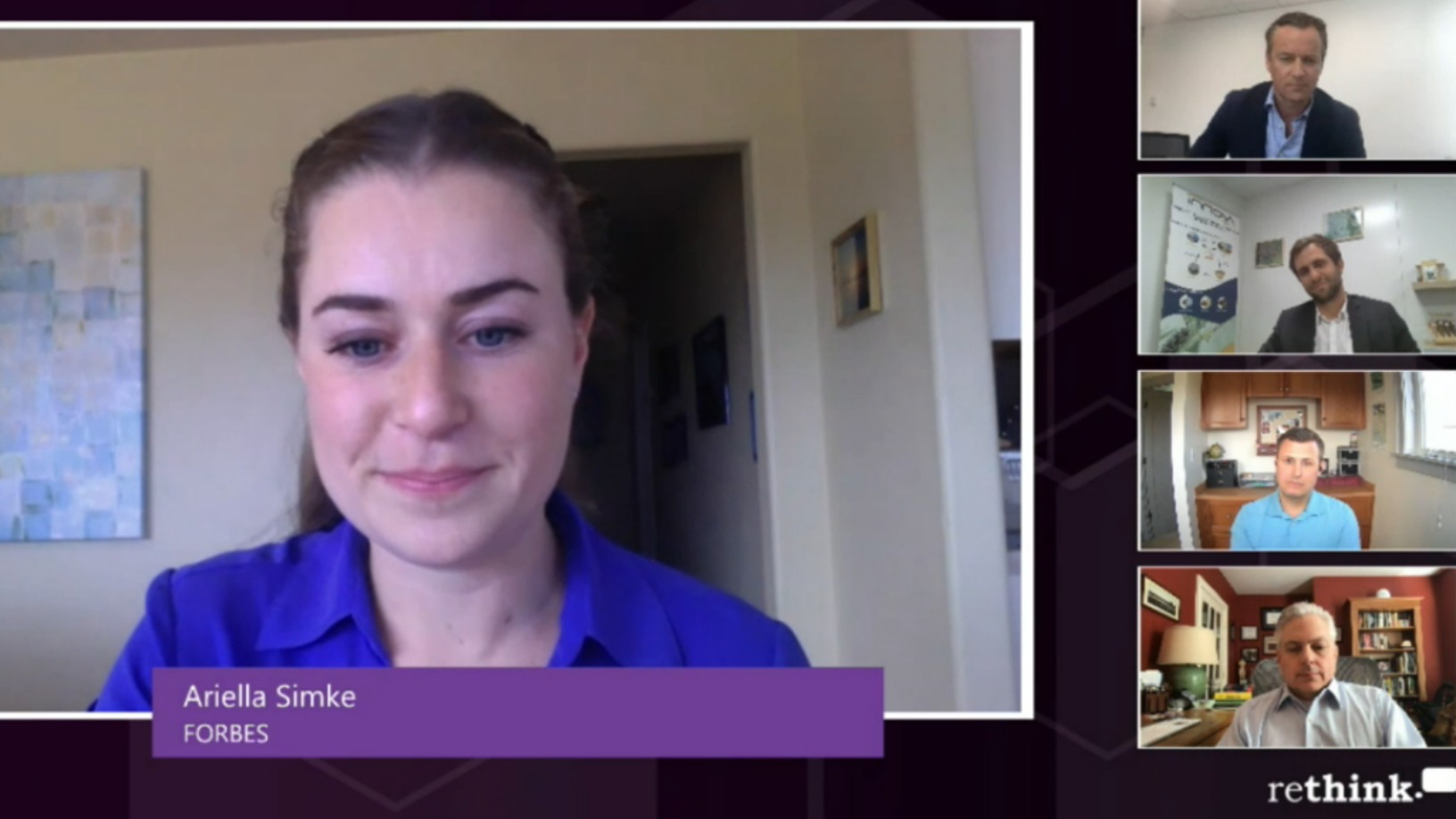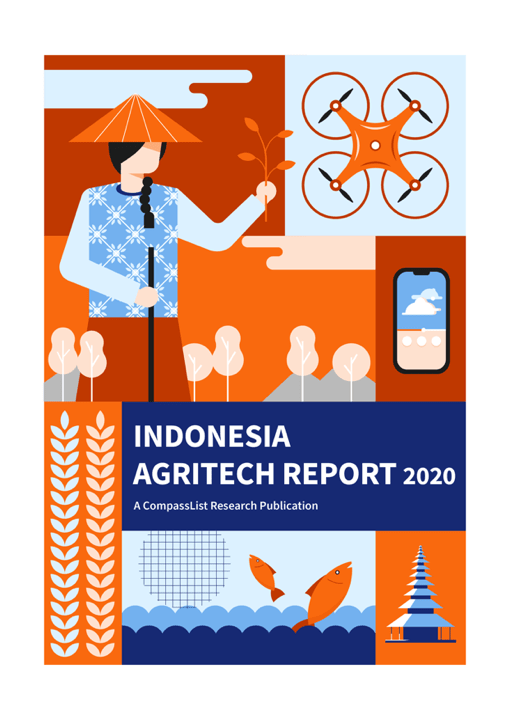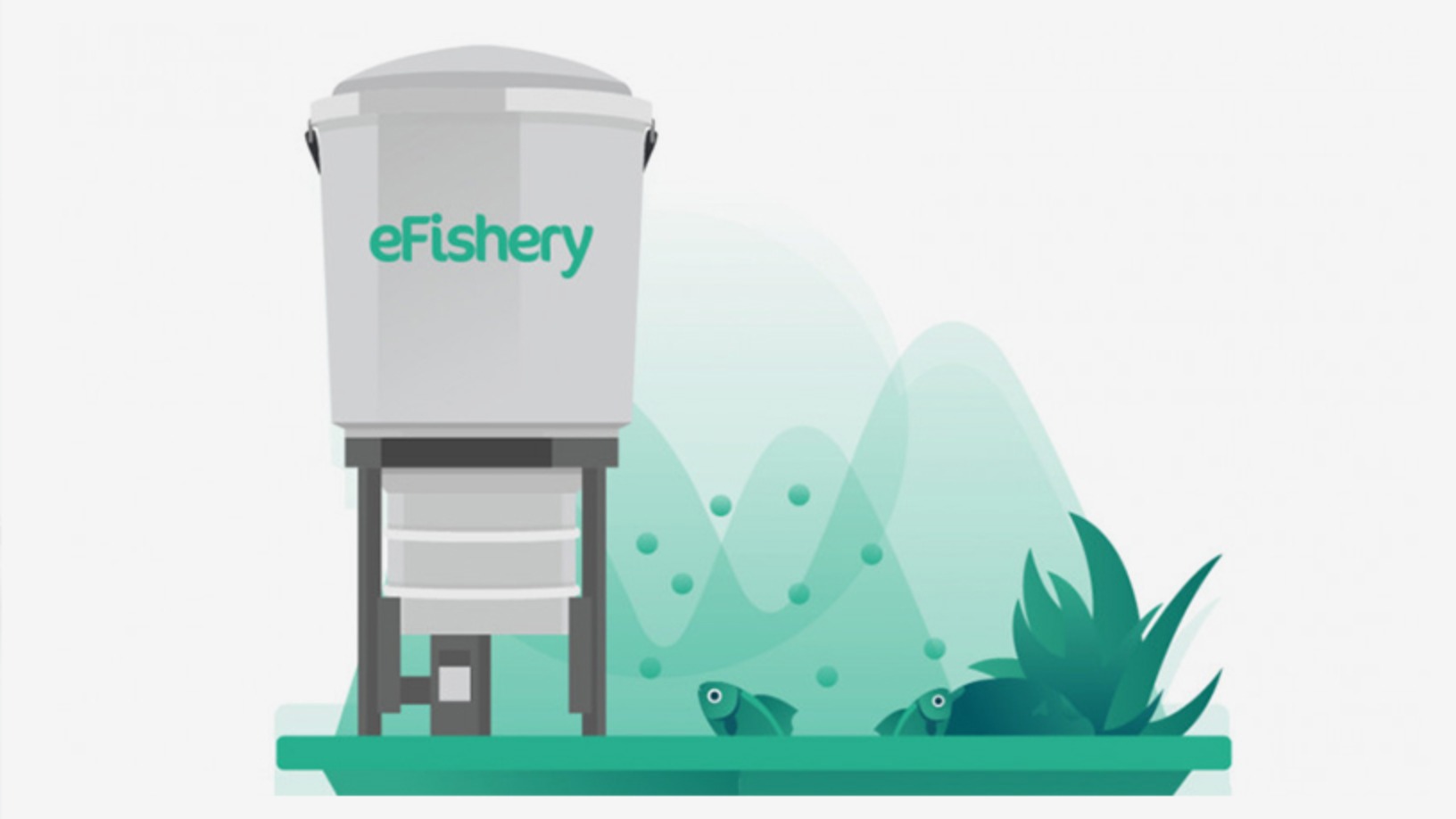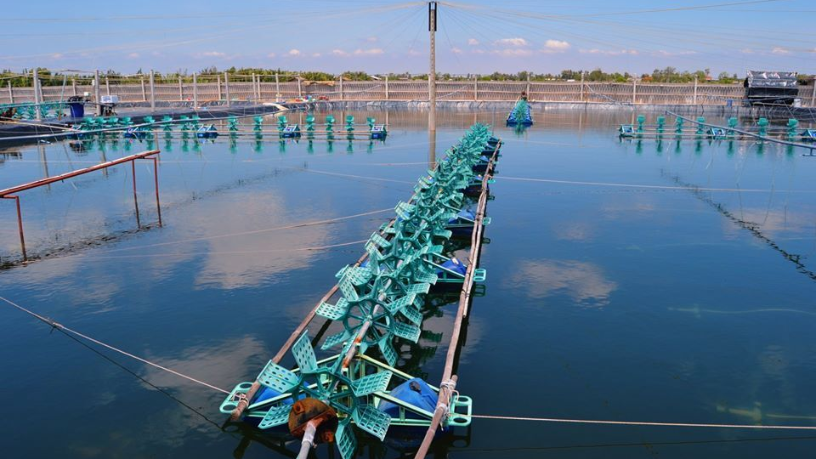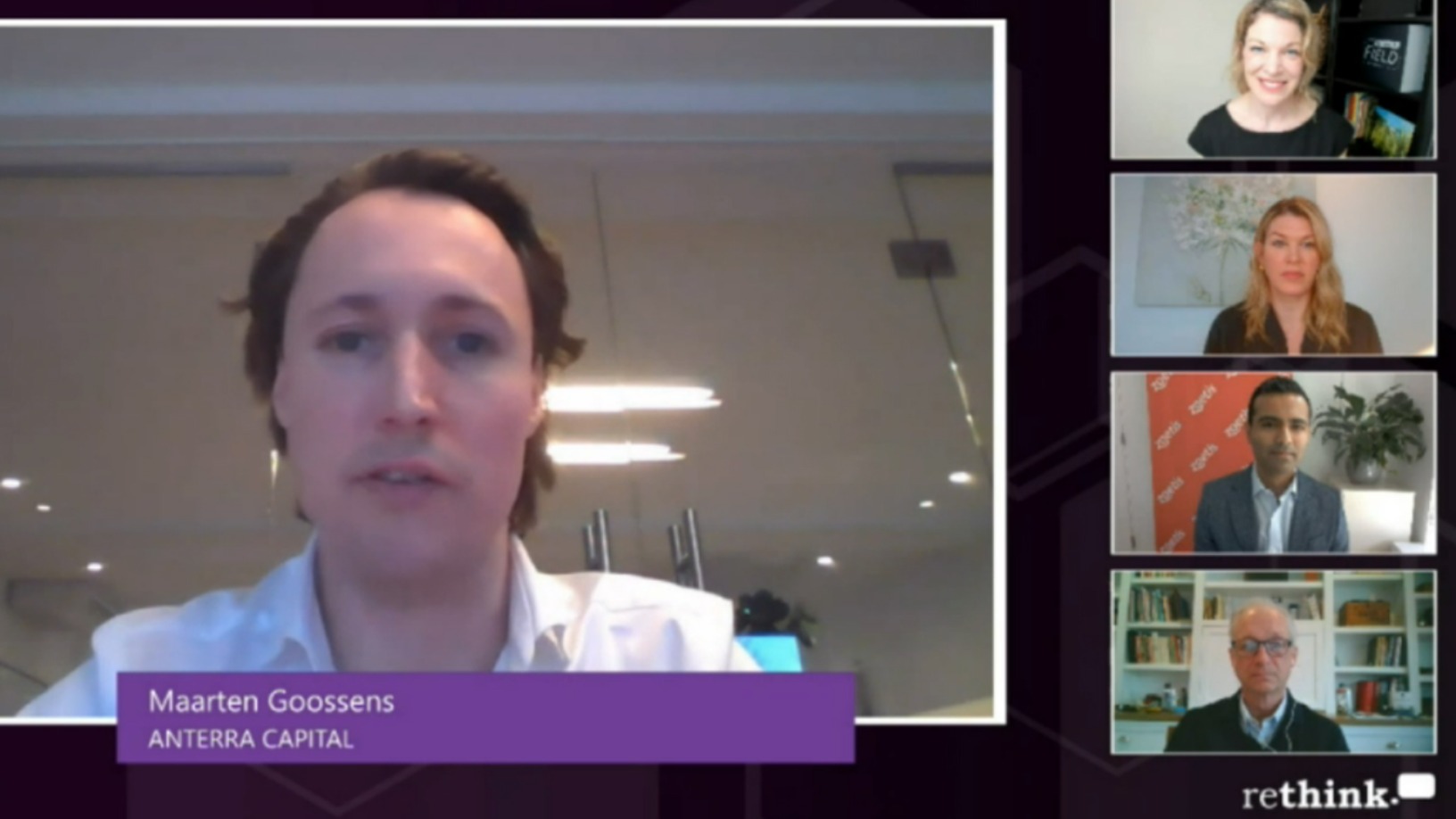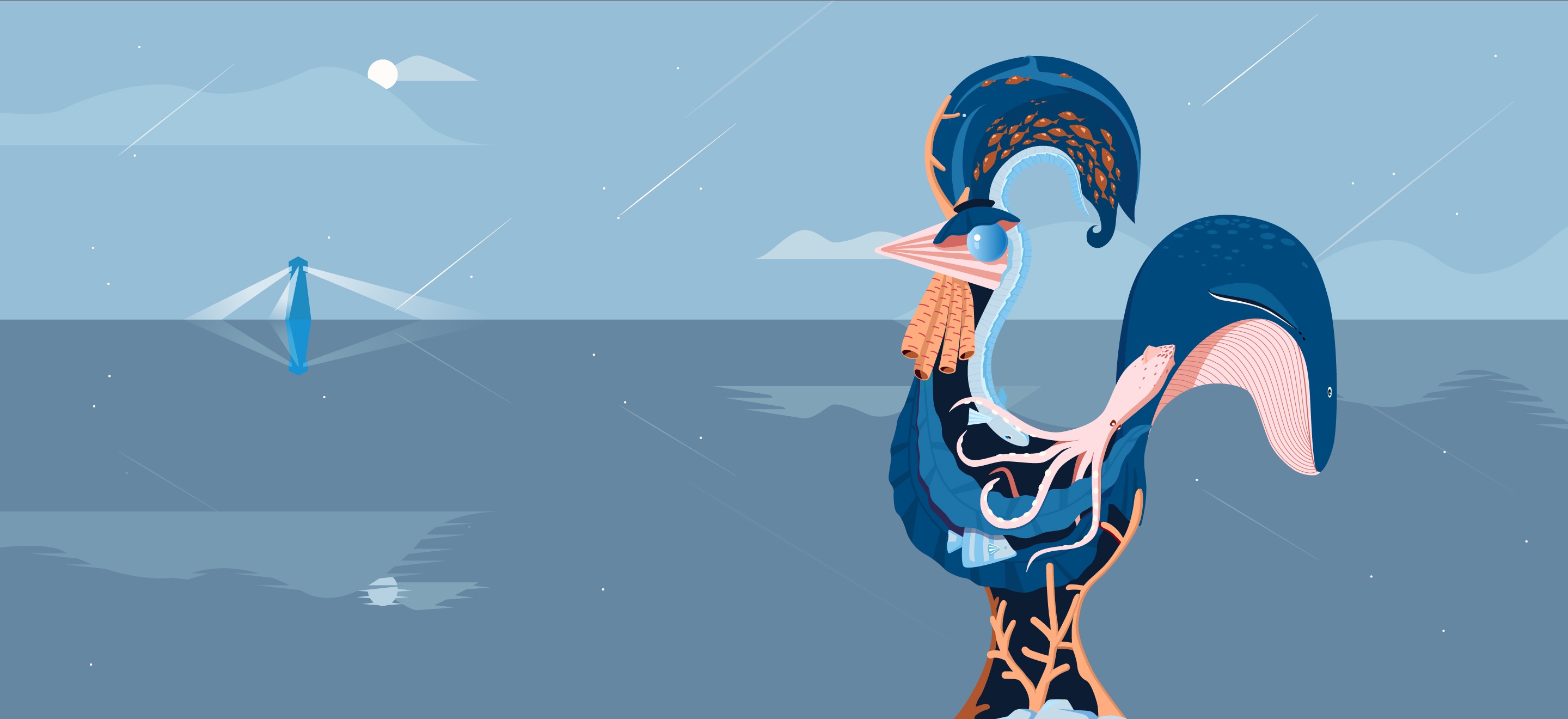Aquaculture is becoming increasingly important to meet the world’s protein needs and is currently responsible for half of the seafood consumed globally. It is the fastest-growing sector in agriculture and predicted to account for nearly two-thirds of seafood production worldwide by 2030. According to a UN Food and Agriculture Organization (FAO) report last year, global aquaculture production hit a record 114.5m tonnes in 2018 with a total farm-gate sale value of $263.6bn. To date, aquaculture has mostly been undertaken in freshwater, near-shore or in estuaries, leading to environmental concerns.
On March 8, aquaculture experts participated in a virtual panel discussion titled Blue Revolution: The Future of Aquaculture at the Animal AgTech Innovation Summit moderated in San Francisco. The panel considered issues vital to scaling the under-developed US aquaculture sector sustainably, including promoting land-based farms. The moderator, science writer and Forbes contributor Ariella Simke, posed her own questions and those from the online audience to four industry experts.
The panel comprised: Larsen Mettler, Managing Director of S2G Ventures, a $100m US-based venture fund focused on oceans and seafood globally; Clement Ray, co-founder of insect-based feed company Innovafeed in France that has attracted over $160m in funding to date; David Kelly, CEO and CTO of Innovasea, a Boston-based agtech providing egg to harvest solutions for freshwater and saltwater fisheries; and Johan Andreassen, CEO of US-based Atlantic Sapphire that operates the largest salmon-producing land-based aquaculture facility in Denmark and another in Miami, Florida.
Below is an extract from the panel discussion, edited for length and clarity.
Simke: What do you see as the current roadblocks preventing the aquaculture industry from meeting sustainability goals?
Andreassen: Aquaculture in general is probably one of the most sustainable ways of producing animal protein. But the majority of fish, especially salmon, are raised in open-net pens in the ocean, in particular in Northern Europe and South America. This has some challenges because you're basically putting them in the area where they are completely exposed to everything that helps them, like nutrients, but it's challenging for the surrounding environment. That is what we are changing at Sapphire. Another important way to get to sustainability in aquaculture is to innovate feeds that have a much lower carbon footprint than those we are using today.
Ray: Because so much of the fish we consume is coming from aquaculture that means that we are preserving marine biodiversity. It is also an industry with the lowest carbon footprint among all animal protein segments. This means that just by growing aquaculture, you've already had a positive impact on your food system. We should also, of course, do better and there are plenty of innovations. I think the most impactful one would be to make the ecosystem more local in terms of feed and that insect protein should be a great driver of sustainability. Feed represents 80% of the carbon footprint of aquaculture.
Kelly: I would like to point out modern aquaculture is fairly young compared to other protein sources, such as industrial poultry raising. The industry itself is evolving and maturing as we go along. I'd also point to the increasing use of instrumentation to provide real-time data on both environmental conditions as well as feed, optimizing the operation of these farms to raise the protein as efficiently as possible.
Feed represents 80% of the carbon footprint of aquaculture
Mettler: It's important to think about what sustainability really is and that's the achievement of food security, economic, social, and environmental goals. But, those do vary widely by region and species, so you can't really adhere to broad guidelines. But in any case, new technologies are truly scaling the industry to minimize feed conversion ratio (FCR), reduce waste, create more availability and reduce the need to extract resources using IoT, machine learning and genomics in production.
Innovafeed just expanded into the US with a new facility in Illinois. Can you explain your idea behind industrial symbiosis and some of the ways that you'll be addressing sustainability in this new facility?
Ray: We want to contribute to the building of a sustainable aquaculture ecosystem. It means that we need to develop high-performing, low-footprint products at a high-scale. Our model is a very strong proposition. We develop all production facilities hand in hand with the agro-industry, producing the core product that we recycle as feed for insects. Not only that, it avoids the transportation of hundreds of thousands of tons of low-value products enabling very large energy savings. This will help our US project, in partnership with Avian in Illinois, to be be the largest commercial aquafarm in the world.
As the world's second-largest consumer, the US imports more than 80% of its seafood. Why is locally-produced seafood so important? And how can land-based aquaculture move us in the right direction?
Andreassen: It's the right thing to do. No-one is flying beef, chicken or pork in an airplane. That is basically what's going on in the salmon industry. The seafood industry's resolve just to get the food produced closer to the consumer is correct. It also increases [the freshness of] the product on the shelves, and you also get a more traceable value chain. I think in 20 years from now, the US is going to be self-sufficient in seafood. With current technology, that has not been possible because US waters are mostly not suitable for aquaculture. Importantly, there are now new areas in use that were not suitable for fish farming in the past. At our facility, we produce 10,000 tons of salmon per year on just 10 acres of land. So basically, we could raise 500,000 tons of salmon, which is the current consumption here, in an area of just five to 600 acres. The usage of fresh water is also very limited. Our facility uses more or less the same amount of water as the tomato field that used to be there. I think this is like a general game changer. There will be more [on land] producers for sure. In our case, we are planning to produce 22 times what we are doing now in 10 years.
Atlantic Sapphire plans to be out of the oceans entirely in the future. Can you talk more about what that would look like?
Andreassen: Coastal areas are the most fragile part of the ocean. I think if we can produce fish in a way where we don't have to take the risk of compromising these areas then we should. So in our Miami location, for example, we have very unique conditions. All the water we're using for the farm is groundwater, 95% of which is actually saline groundwater, which is what we need for the fish. We will also treat the wastewater and then inject the rest of the wastewater about 3,000 feet below the surface into very cavernous geological formations in Florida so there is no waste going into the ocean. The last piece that remains, to be fully out of the oceans, is to innovate feed, where you eliminate use of marine ingredients, and we are working with multiple companies on that. So in a few years, two to three years from now, I believe we will achieve it.
Open ocean aquaculture is advancing in US federal waters with the Aqua Act. How will submersible aquaculture systems address some of the environmental concerns that farms have faced in the past?
Kelly: There have been a lot of activity in the last 12 months or so around federal licensing of aquaculture. The Aqua Act will have to be re-introduced in Congress to provide regulatory clarity and certainty. It has been a challenge in the US to have a multi-agency licensing process that's fast and efficient enough.
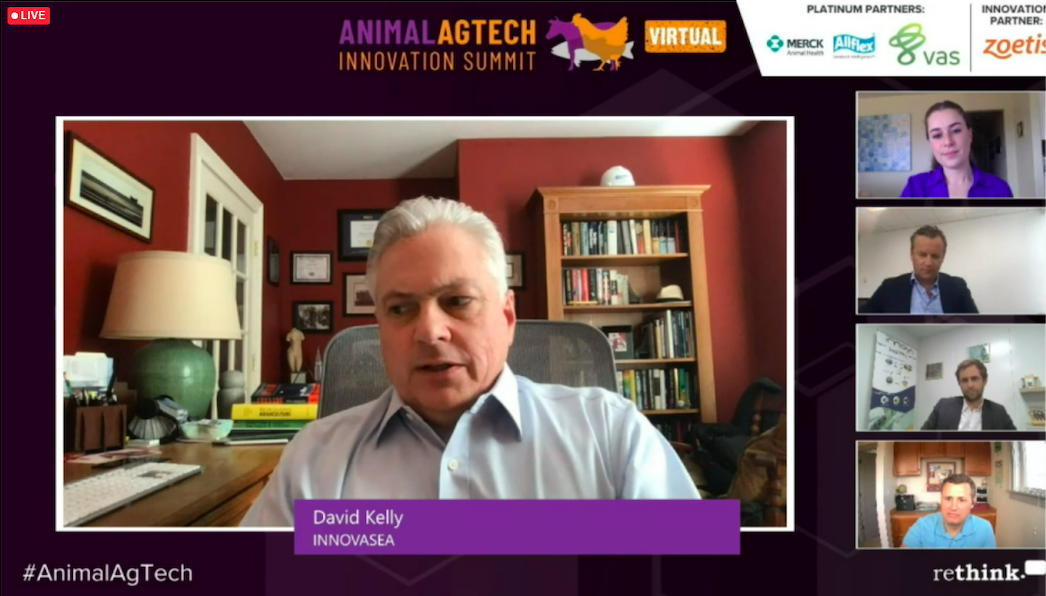
As far as the technology, we use submersible pens as part of our open ocean strategy to avoid the energy on the top of the ocean and to get the fish and the structures into a lower energy zone both for storm [protection] as well as normal sea time operations. It provides a better environment for the fish and the equipment. These environments have more ability to process effluent due to the natural benthic processes. We've got up to 10 years of data from certain farm sites that show the effluent from these pens is either at the low regulatory limits or not measurable. So it does look like this could be a scalable solution that's environmentally-friendly.
What are the most promising technologies that you're seeing in the industry?
Mettler: We invest throughout the entire supply chain from ocean health through production to the consumer. The most promising technologies that we're currently seeing are focused around automating processes with machine learning. And that has to do with the feed health, water quality and growth of species. And we're also seeing tremendous advancements in genomic vaccines and therapeutic development, specifically with ribonucleic acid (RNA). And we think that this applies to both species that are being raised and alternative proteins such as insects. The third area would be data and IoT in general. Most of the information that we're seeing out in the sector is very siloed. And it's not being used in a way to utilize predictive analytics.
What is the idea behind Atlantic Sapphire's “Blue Houses?” How are they creating more sustainable fish with a lower carbon footprint? And can you talk more about “Salmon City” and why choose Florida?
Andreassen: We call our facilities Blue Houses. They are basically greenhouses for fish, creating a micro-environment that we have specially designed for salmon to give some of the best conditions through the cycle. We manage temperature, water chemistry, particles and gases. And we do that through automation and sensors. Since we are able to create this micro-environment and keep our fish protected from bacterias, viruses and parasites, we don't even vaccinate the fish. By doing this, we are shortening the life cycle as much as 30-40% compared to an open environment. So we actually have fish that grow very fast and are non-GMO, because we think that's what the consumer wants. Every Blue House has multiple individual cells. So, as we scale up, we are actually de-risking. With this technology, we can bring fish farming much closer to the consumer, eliminating costly and unsustainable logistics, such as air freight.
No-one is flying beef, chicken or pork in an airplane
No matter where we went, there were some challenges that we didn't like. I guess the main issue with what we are doing at scale is that you have a relatively large wastewater stream that you have to deal with. In Florida, we found conditions that solved that problem. We just do basic titration, taking out the particles, and we are injecting millions of gallons of nutrient-rich wastewater into the hold. The fact that we have these conditions here, where we can just add more wells and pump more wastewater enables us to build what we call Salmon City. Instead of building multiple Blue Houses across the country, we see that it makes more sense to scale larger in Florida. This means Salmon City has viable vertical integrations that you can do, like generating your own power, your own feed, and building value-added by-products. Over time, we think we're going to be the lowest-cost producer of salmon in the US.
The Miami facility is a copy of the facility that we have in Denmark that we have been running for a few years. We know how long it's gonna take us to produce the fish and how much fish we can produce per cubic meter or tank volume.
What potential partnerships or collaborations do you envision between innovators in the industry?
Mettler: I think that it takes collaboration across the entire ecosystem to be successful. That includes innovators, entrepreneurs, existing producers, academia, government businesses and agencies, incubators and capital providers. So what we're seeing is a lot of siloed technologies right now that could really link and have a more powerful alignment. It takes government entities promoting sustainable solution-oriented businesses with new policies and regulations. And capital providers need to be patient, allowing producers and innovators to get the cost down while scaling up. One of the investments that we're looking at right now is within the shrimp aquaculture sector. And we're partnering with both the feed producer in that area, as well as a large seafood conglomerate that uses shrimp so that we're able to help grow the company on the business development side. The feed producer can act as an R&D facility and can also help distribute the product to certain regions. So I think it takes an entire ecosystem to be successful.
Ray: Today, the aquaculture market is in Northern Europe, South America and especially in Southeast Asia for shrimp. We believe we need to locate all insect protein industry near these areas and near to the agro-industry from which we need to recycle products. In this respect, the US Midwest is one of the most attractive geographies for scaling up and I guess that it will be one of the most important geographies in my industry 10 years from now.
How can aquaculture farms leverage data to better manage and regulate their systems?
Kelly: i think that there is a large-scale movement towards improved real-time data as they support operational decisions. Both near-shore and off-shore are really mobilizing to monitor environmental data, both dissolved oxygen temperature and other key parameters that affect fish like appetite and behavior, as well as those that can impact their long-term health. There are also efforts to pull data together from cohort to cohort; there's still a lot of discovery to be done, as to why one cohort performs better than another cohort, and there are multiple factors that impact that. There's a lot of work in IoT and cloud data to be able to get the data from these remote sites, get it stored, and then do the analysis. You can do what we do today, biomass-based on machine vision, in a pen of 100,000 fish over a short span of time. These systems can measure several thousand fish which gives you a statistically valid sample of the mass in a pen, which is the primary driver of the amount of feed the fish need. Hand methods typically sample a couple of dozen fish and so produce errors. These systems are coming online, but you have to be attuned to each species of fish.
As a final question, what is your call to action, what needs to happen going forward in order to create sustainable, competitive and high-quality products?
Andreassen: We need to have a predictable, reasonable regulatory environment that makes it possible for companies to scale up, plus more collaboration. I'm Norweigan myself and a lot of people are calling Norway the Silicon Valley of salmon farming. The point is that, in Norway, you have several universities, suppliers and companies that are producing and delivering important inputs to the industry to be successful. And that needs to happen over here. One of the biggest challenges that we have here is that you don't have a fluent supplier industry. So basically, things that you will take for granted, if you were in an area with aquaculture, becomes very challenging. I think there is tremendous amount of opportunities across multiple disciplines to become a supplier to this industry.
Kelly: In the US, there's actually a long history of aquaculture but a lot of it has been freshwater-based and I think it's about expanding the number of species supported or tech utilized and moving that base to support a more complex and broader industry.
Ray: We need to attract talent, that's extremely important, and we need to focus this talent on developing meaningful technologies. We also need to collaborate across industry, finding synergies and helping each other to scale.
Mettler: Address the needs of your customers and Mother Nature. They both have the answers there for successful products. It's got to be really focused around de-risking the entire supply chain so that I think investing in only one sector is inefficient. You also need to be thoughtful about choosing your partners in terms of human and economic capital and look for partners who allow you to get down the cost curve.
